The seven Krttika
In the Hindu mythology, it is said that the stars of the
Big Dipper were the seven sages called
Rishis. They were happily married to seven sisters named Krttika. They originally lived all together in the northern sky. But one day, the god of fire, Agni, emerged from the flames of a sacrificial offering performed by the seven Rishis and immediately fell in love with the seven Krttika.
Trying to forget his love for the
Krttika, Agni wandered in the forest where he met Svaha, the star Zeta Tauri. Svaha fell in love with Agni. To conquer Agni's love, Svaha disguised herself as six of the seven Krttika. For six times, Svaha made love to Agni, who believed that he had conquered the attractive wives of the seven Rishis.
Svaha could mimic only six of the Krttika since the seventh sister, Arundhati, was too devoted to her husband to be imitated. After a while, Svaha gave birth to a child that she named Skanda. With his birth, rumors began to spread that six of the Rishis' wives were his mother.
The seven Rishis divorced their wives. Arundhati was the only one that remained with
her husband as the star Alcor. The other six Krttika went away to become the Pleiades.
You might also be interested in:
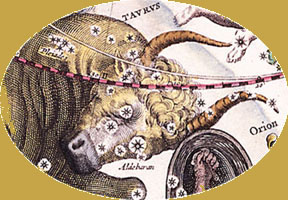
In Greek mythology, the Pleiades were seven sisters. Their names were Maia, Electra, Alcyone, Taygete, Asterope, Celaeno, and Merope. Their parents were the Titan Atlas and the Oceanid, Pleione. One day
...more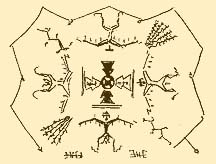
Ahsonnutli was the sky father and chief deity of the Navajo Indians. He created heaven, Earth, and the sky. Each of the four cardinal directions was supported by a giant. Each direction was also associated
...more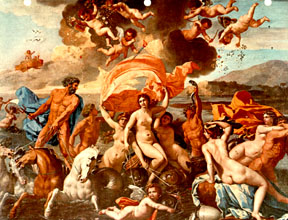
Amphitrite was one of the fifty Nereids, the attendants of the sea-god Poseidon. Poseidon (Neptune) had fallen in love with Amphitrite after seeing her dancing on the island of Naxos. Amphitrite rejected
...more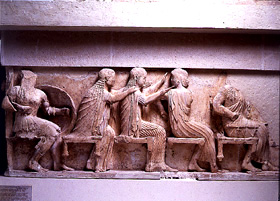
Aphrodite was the Greek goddess of love and beauty. She was known to the Romans as Venus. There were actually two different Aphrodites, one was the daughter of Uranus, the other the daughter of Zeus and
...more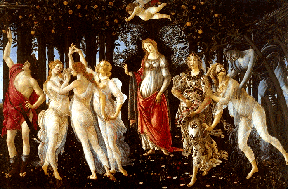
In Greek mythology, Apollo was the son of Jupiter(in Greek Zeus) and Leto (Letona). He was the god of the Sun, logic, and reason, and was also a fine musician and healer. Leto travelled all over Greece
...more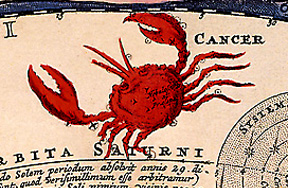
According to an ancient Greek legend, the figure of a gigantic crab was placed in the nighttime sky by the goddess Hera to form the constellation Cancer. Hera was the jealous wife of the sky god, Zeus.
...more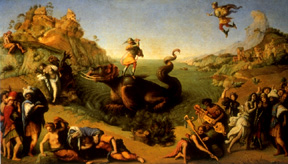
In the Northern Hemisphere sky is the constellation Cepheus, king of Ethiopia, and that of his wife Cassiopeia. Cassiopeia claimed that she and her daughter Andromeda were more beautiful than the sea nymphs,
...more














